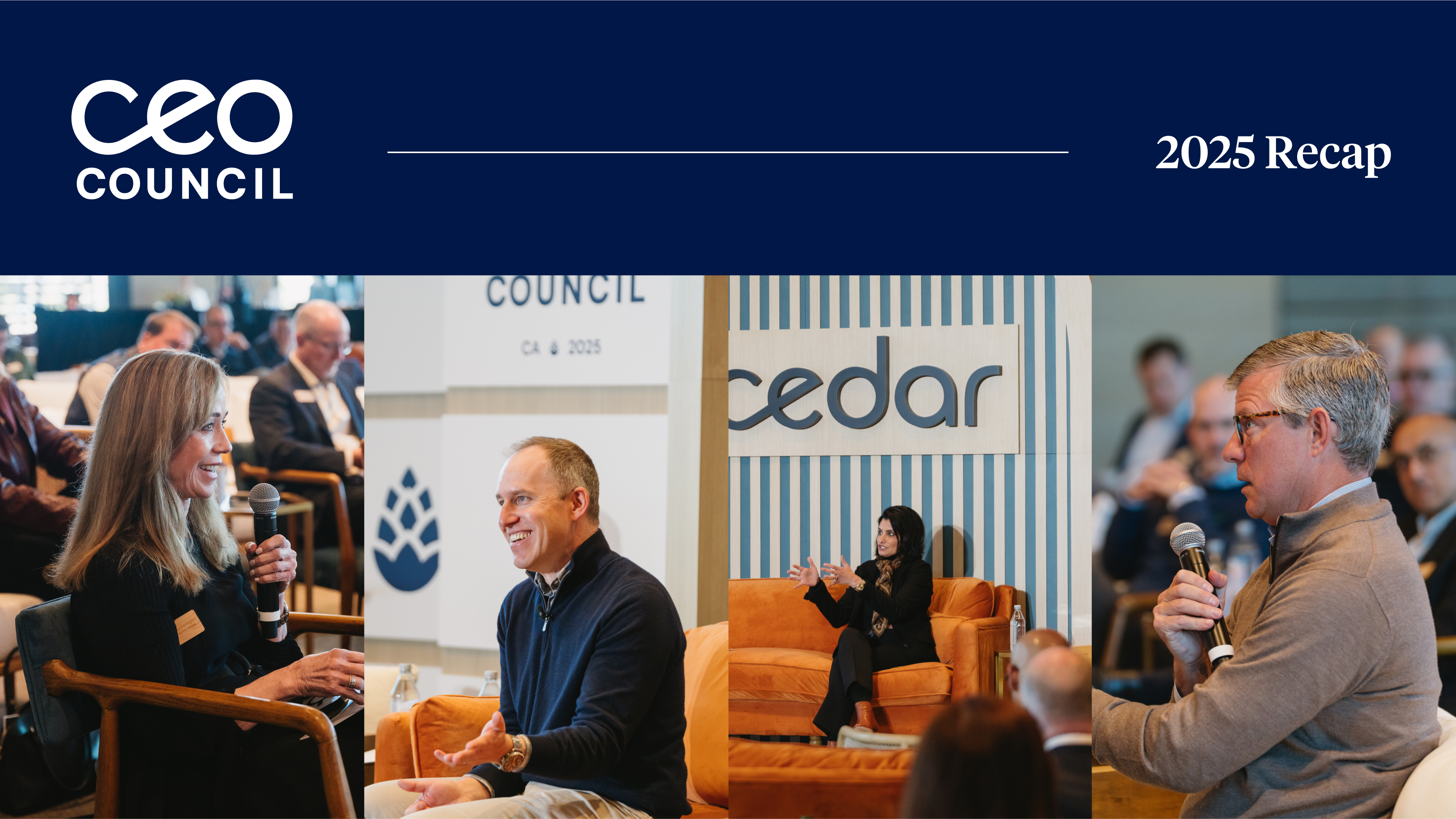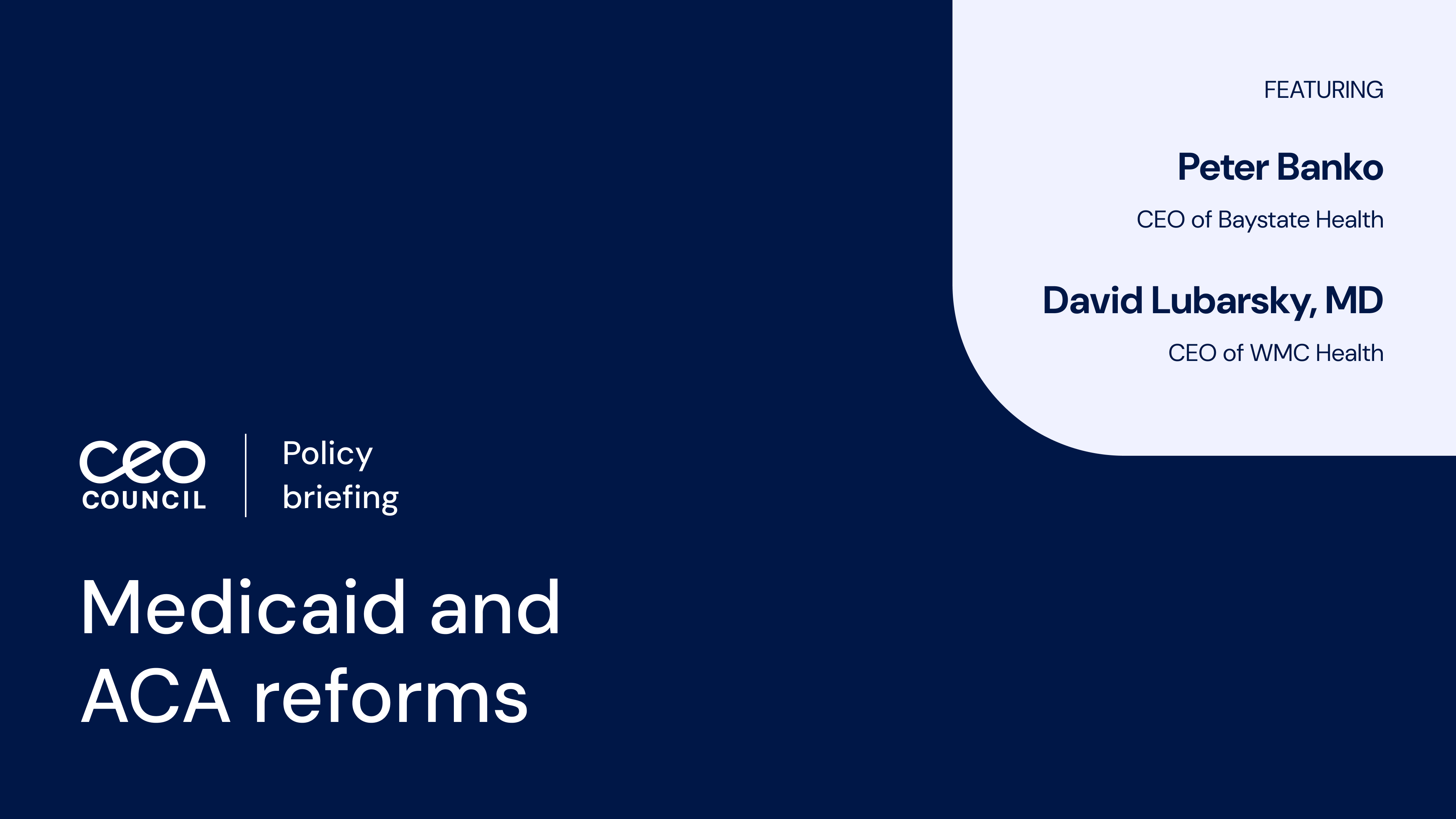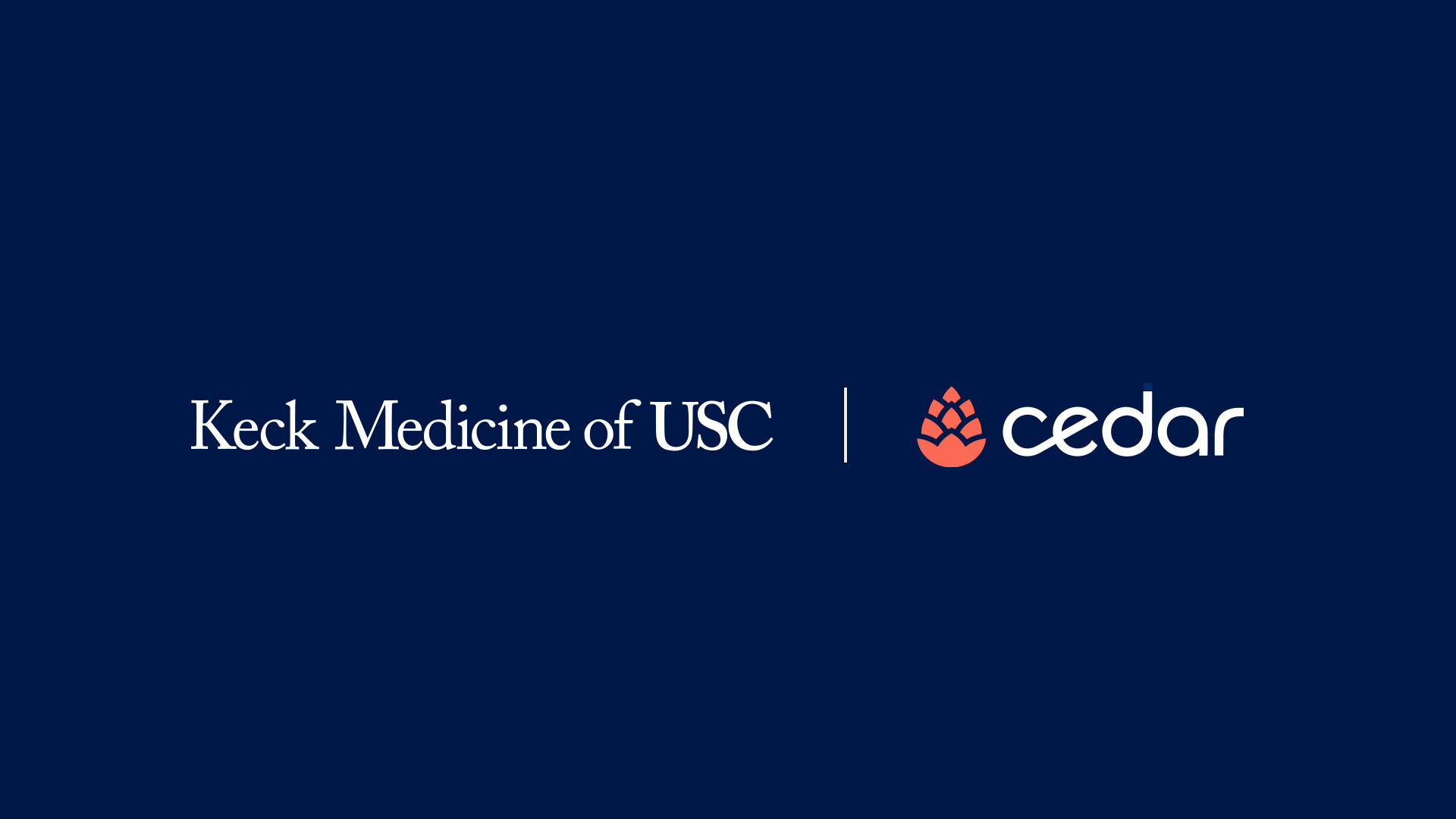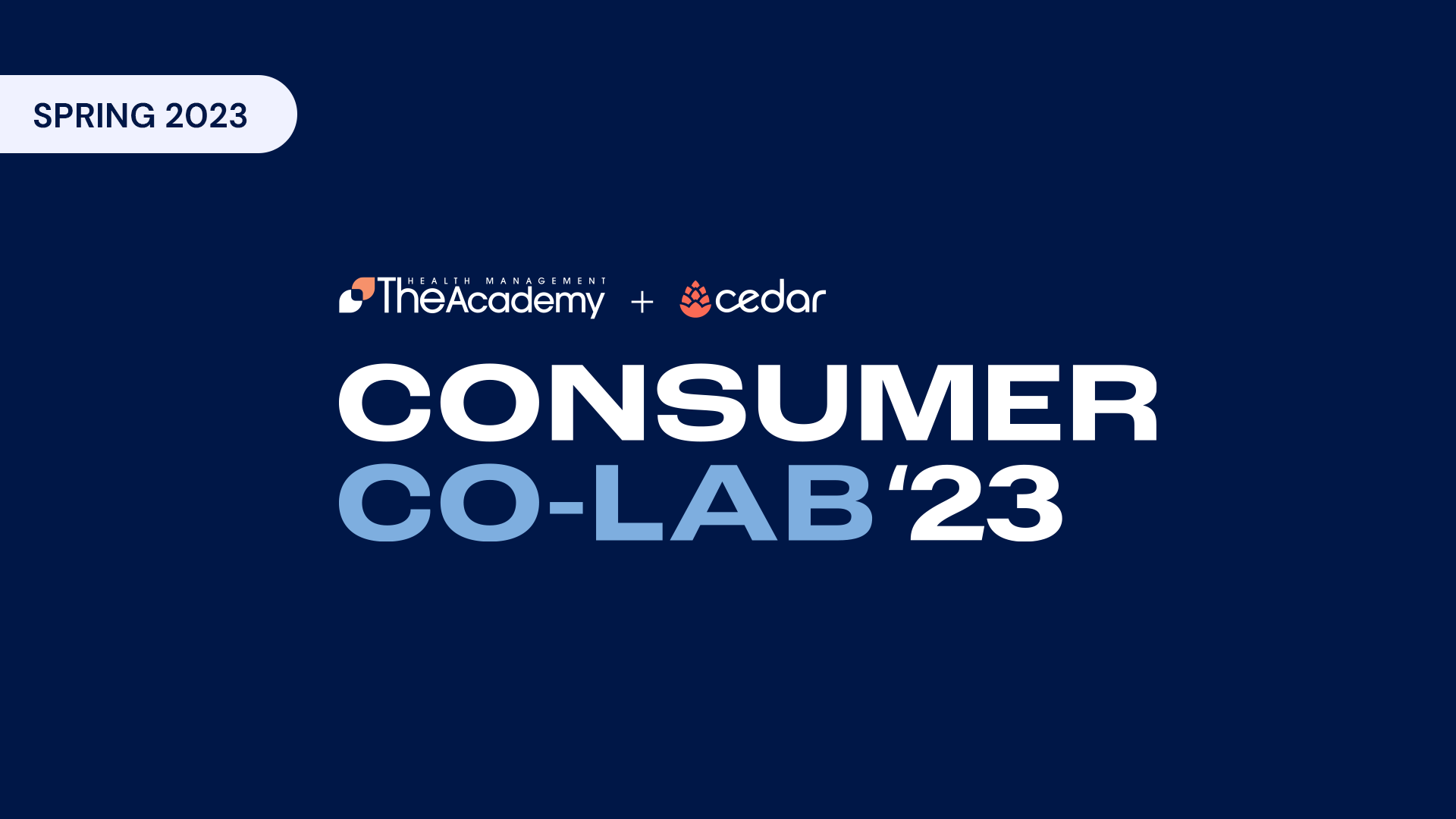It’s almost surreal to have dozens of the most powerful healthcare provider executives in a room, tackling the industry’s toughest challenges. That’s exactly what happened at our fourth CEO Council in Napa, California—and despite having done this before, the privilege is never lost on us. Especially now, when consumer sentiment over the cost of care has reached a boiling point.
These leaders shape the future of healthcare delivery in America. This kind of decision-making power rarely convenes in one place—and certainly not with the level of candor we saw on the ground. Here, we created space for the hard conversations.
Like how Americans carry $220 billion in medical debt. Or that almost 40% of patient dollars owed to providers come from the uninsured—an 8% jump in just a year. And how hospitals spend 60% of their expenses on labor costs, a stark reminder of why healthcare remains so expensive.

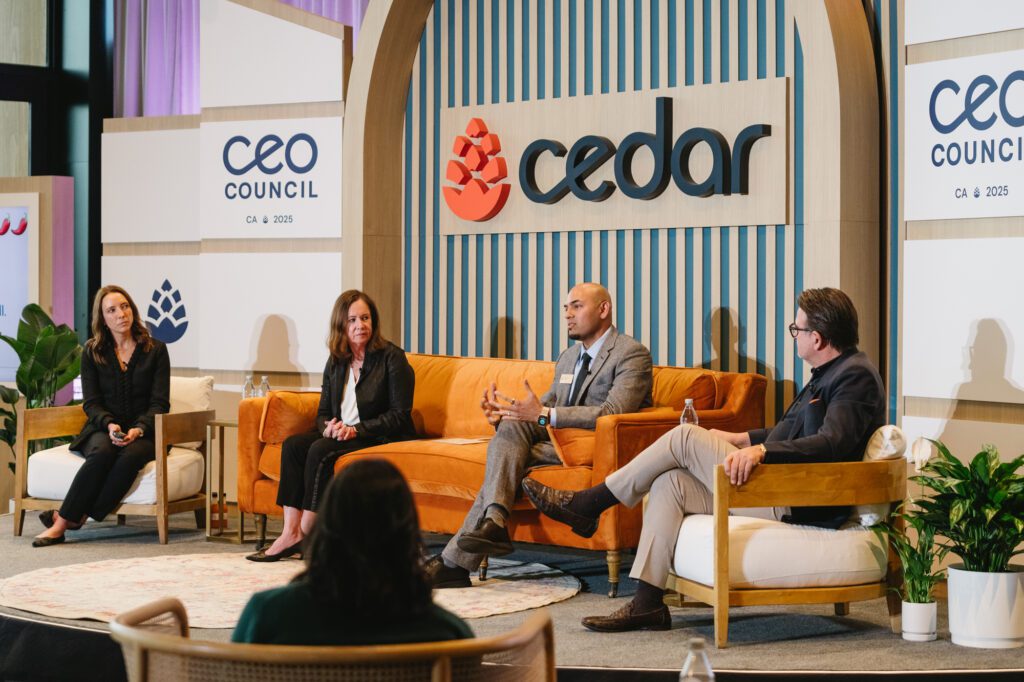
To drive the discussion forward, we invited thought leaders from both inside healthcare and out—including How I Built This host Guy Raz, health policy expert Dr. Ezekiel Emanuel, former CMS Administrator Seema Verma, and OpenAI Board Chairman Bret Taylor. Their diverse perspectives highlighted four critical areas demanding urgent action:
1. Financial assistance is broken—and patients are paying the price
Historically, uninsured patients, who often have balances in the tens of thousands of dollars, posed the biggest financial risk to hospitals. But the rise of high-deductible health plans coupled with high cost of living and stagnant wages has created a new challenge—underinsured individuals who are effectively “self-pay in disguise.” Together, these two groups represent almost half of patients at high risk of nonpayment.
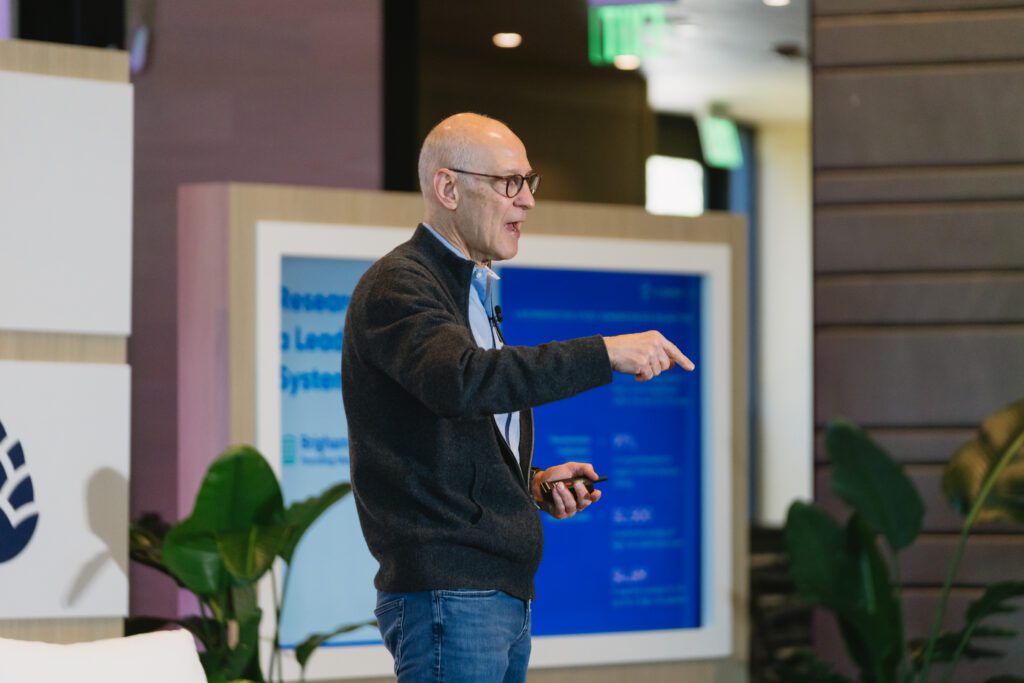
- The frustrating part? Plenty of resources exist to help these patients, but connecting them to that assistance is where the system breaks down. Dr. Emanuel didn’t mince words, condemning “fragmentation of coverage” as one of the deadly sins of U.S. healthcare.
- The evidence: Health policy researcher Dr. Erin Duffy’s “secret shopper” research, presented during her session, backed this up—just try counting how many phone calls it takes patients to find payment plan information.
- A path forward: Cedar President Seth Cohen introduced the concept of “financial preventive care”—proactively connecting patients to resources like Medicaid enrollment, medication assistance, and unused HSA dollars before bills become barriers.
2. Healthcare costs are out of control—but AI can reverse the trend
The U.S. boasts the world’s best healthcare but at a staggering cost. Take the hospital billing office, where patients often call in about confusing bills, leading to increased staffing needs and skyrocketing expenses. With 60 cents of every provider dollar already allocated to labor and staffing, and call center turnover rates at 30-40% annually, the traditional approach is unsustainable.

- AI as the solution: There’s growing consensus that Generative AI holds the key to transforming healthcare costs, starting with crippling administrative expenses.
- The balancing act: Bret Taylor noted that while AI offers a powerful solution, healthcare, a highly-regulated industry, took two decades to digitize—so adoption must balance minimizing risk with avoiding late implementation.
- Seeing is believing: Cedar’s demo of the AI-powered call center, built with Twilio, showed how AI can simultaneously reduce costs and improve patient experiences. Twilio CEO Khozema Shipchandler summed it up perfectly: If businesses save money and consumers feel more valued, that creates a compelling two-sided equation for harnessing AI-driven innovation.
3. Healthcare incentives are misaligned—and leaders know it
Healthcare operates on a broken incentive system where volume trumps value. The result? A costly cycle of inefficiency and care inequality that spans the entire system. Fixing this will take more than incremental improvements—it requires reimagining financial structures and unprecedented collaboration among industry leaders.

- Urgent reform needed: Former U.S. Chief Technology Officers Aneesh Chopra and Todd Park stressed the importance of payment models that reward both cost reduction and quality improvement.
- The rallying cry? Park emphasized that healthcare CEOs “hold the destiny of American healthcare” in their hands with the ability to demand patient-centric transformation from entrenched systems—such as the government and incumbent EHR vendors.
- It starts with integration: Seema Verma called for connecting economic incentives with interoperability and innovation, highlighting how organizations can improve care coordination, reduce administrative burdens, and enhance patient access to their health information.
4. Culture isn’t a buzzword—it’s a prerequisite for change
When it comes to transforming healthcare, a patient-centric culture must be the foundation for all structural change. But as our conversations in Napa revealed, culture isn’t just about mission statements—it’s about fundamentally redesigning how organizations operate, innovate, and deliver care.
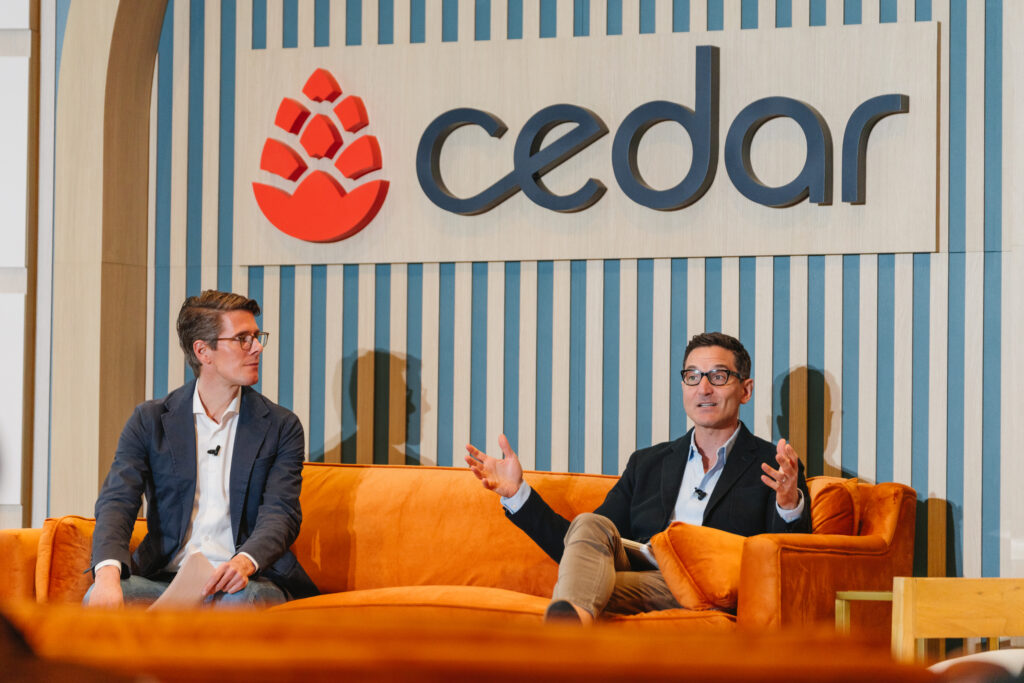
- Experience matters: Guy Raz pointed out that people don’t buy products—they buy experiences. Healthcare must view patients as customers and prioritize a consumer-centric approach.
- So does empowering staff: Raz went on to say that true innovation only flourishes when employees have the psychological safety to take risks and pursue bold ideas.
- And investing in them, too: Chief executives like Bill Gassen (Sanford Health) and Dr. David Callendar (Memorial Hermann) shared innovative approaches—from prioritizing clinician well-being to preparing high school students for high-demand healthcare roles.
Healthcare at a crossroads: from conversation to transformation
The future of American healthcare might well be determined by whether these influential leaders find the courage to implement structural change rather than incremental optimization. As public demand for reform intensifies, the window for self-directed transformation narrows. The privilege of gathering these executives remains extraordinary—but the true measure of impact will be whether extraordinary conversations translate into equally extraordinary action.
Florian Otto is Chief Executive Officer & Co-Founder at Cedar
